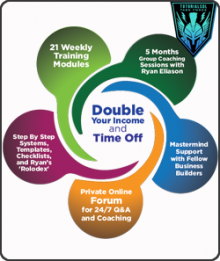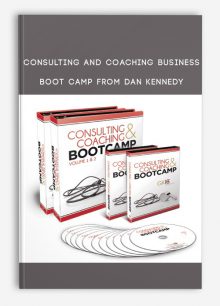-
×
 WANG PEISHENG – TAI CHI CHUAN ANALYSIS OF 37 FORMS | Digital Download
1 × $30.00
WANG PEISHENG – TAI CHI CHUAN ANALYSIS OF 37 FORMS | Digital Download
1 × $30.00 -
×
 Jeff Walker – PLM – PRODUCT LAUNCH MANAGER
1 × $142.00
Jeff Walker – PLM – PRODUCT LAUNCH MANAGER
1 × $142.00 -
×
 Matthew Dicks – Finding Stories | Digital Download
1 × $65.00
Matthew Dicks – Finding Stories | Digital Download
1 × $65.00 -
×
 Industrial Instrumentation and Control Devices
1 × $10.00
Industrial Instrumentation and Control Devices
1 × $10.00 -
×
 Chakra Healing 2019 by Anodea Judith
1 × $117.00
Chakra Healing 2019 by Anodea Judith
1 × $117.00 -
×
 Dating Essentials Podcasts by Dr. Robert Glover
1 × $19.00
Dating Essentials Podcasts by Dr. Robert Glover
1 × $19.00 -
×
 Double Your Income and Your Time Off from Ryan Eliason
1 × $87.00
Double Your Income and Your Time Off from Ryan Eliason
1 × $87.00 -
×
 Increase Your Prosperity from Art Giser
1 × $25.00
Increase Your Prosperity from Art Giser
1 × $25.00 -
×
 Even More Complete Shoulder & Hip Blueprint: version 2.0 by Tony Gentilcore & Dean Somerset
1 × $47.00
Even More Complete Shoulder & Hip Blueprint: version 2.0 by Tony Gentilcore & Dean Somerset
1 × $47.00 -
×
 Dan Buettner - The Blue Zones 9 Lessons for Living Longer From the People Who've Lived the Longest
1 × $15.00
Dan Buettner - The Blue Zones 9 Lessons for Living Longer From the People Who've Lived the Longest
1 × $15.00 -
×
 Abby Lentz - Heavyweight Yoga 2: Change the Image of Yoga
1 × $12.00
Abby Lentz - Heavyweight Yoga 2: Change the Image of Yoga
1 × $12.00 -
×
 Consulting and Coaching Business Boot Camp from Dan Kennedy
1 × $247.00
Consulting and Coaching Business Boot Camp from Dan Kennedy
1 × $247.00 -
×
 ACTIVATE by Holly Perkins
1 × $25.00
ACTIVATE by Holly Perkins
1 × $25.00 -
×
 The Art of Breath 101 from Brian Mackenzie & Erin Cafaro
1 × $57.00
The Art of Breath 101 from Brian Mackenzie & Erin Cafaro
1 × $57.00
Subtotal: $898.00








Reviews
There are no reviews yet.